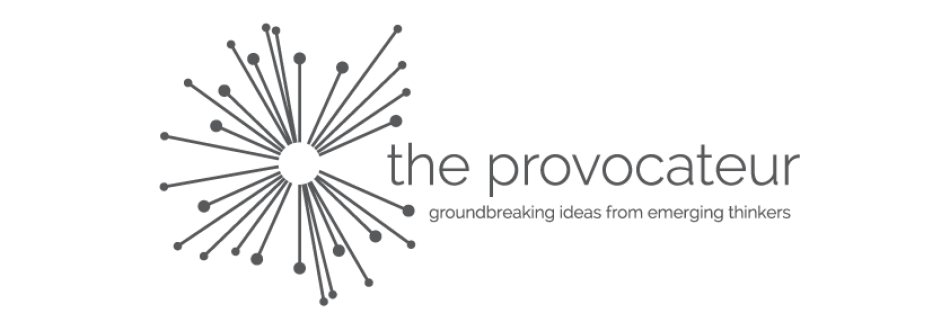Billions of people use the Internet every day for all sorts of activities, from shopping to gambling to dating to academic research. For the vast majority of users, a browser is the primary interface between them and the world wide web. Yet the very fact that browser features are so ubiquitous makes them extremely vulnerable to privacy and security compromises. Not only browser history, but all sorts of data such as browser size, location and time of day could become extremely invaluable to third parties, whether they are Internet giants like Google, Facebook and Apple or more nefarious users. Companies such as Microsoft and Mozilla have tried to combat consumers’ privacy concerns by introducing private browsing modes, but it seems that even these may not be entirely foolproof ways of surfing the Internet anonymously.
This week on The Provocateur I talk to Chris Kanich, assistant professor of computer science at the University of Illinois at Chicago, to discuss the privacy and security issues raised by the modern web. We start by exploring the history of browser features since the mid-’90s, from hypermedia to JavaScript to the fully integrated browsers of today. Then we move onto the privacy and security vulnerabilities created by ubiquitous code such as that found on Google Chrome, Firefox or Safari. Finally we investigate a range of legal and ethical implications, from the EU’s directive on the ‘right to be forgotten’ to monitoring terrorism online and even the security complications of cloud computing.
You can listen to the podcast here:
Further Reading:
Eckersley, P. (2010) ‘How Unique is Your Web Browser?’ in Atallah, M. J. and N. Hopper (eds.) Privacy Enhancing Technologies: Proceedings of the 10th International PETS Symposium. Cham: Springer.
Snyder, P. et al. (2016) ‘Browser Feature Usage on the Modern Web’, Proceedings of the 2016 Internet Measurement Conference.

